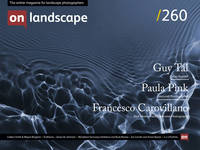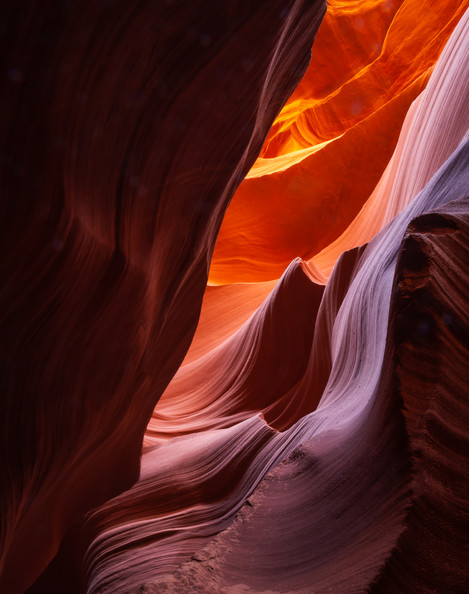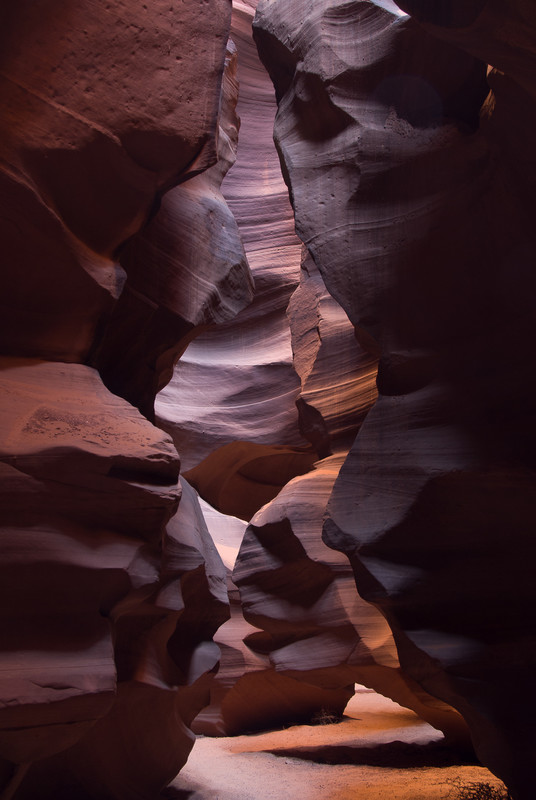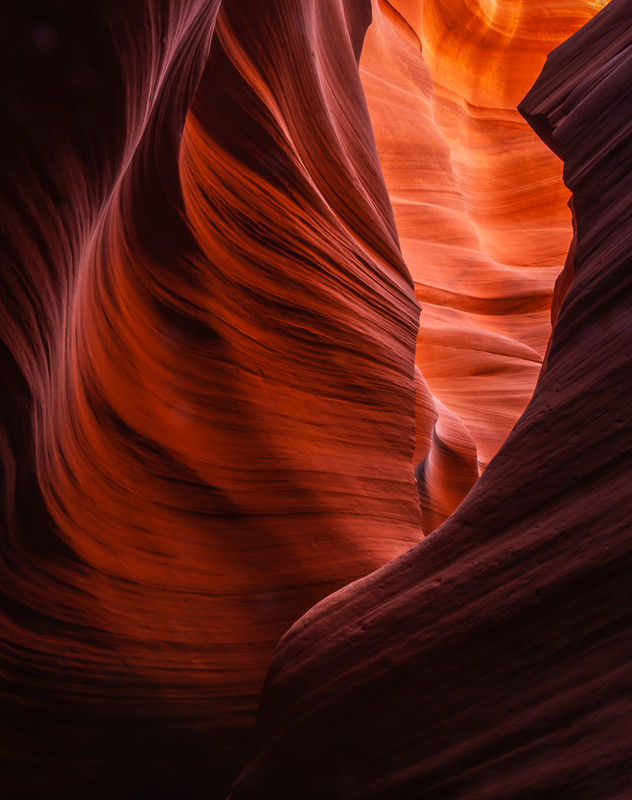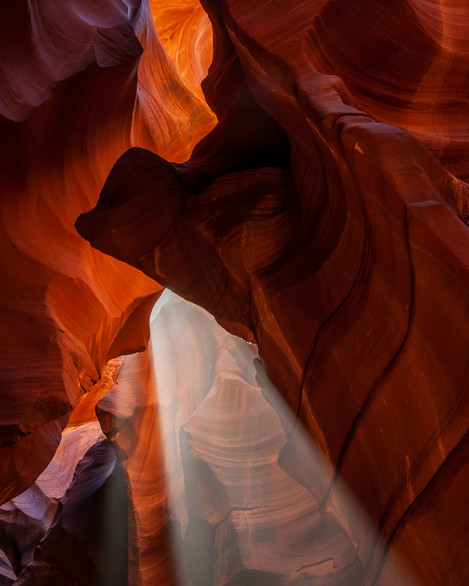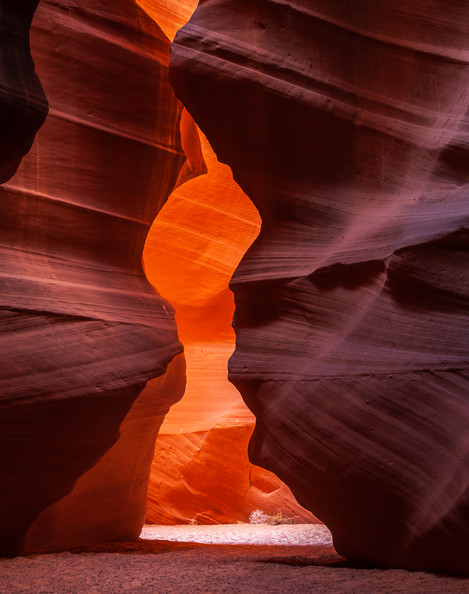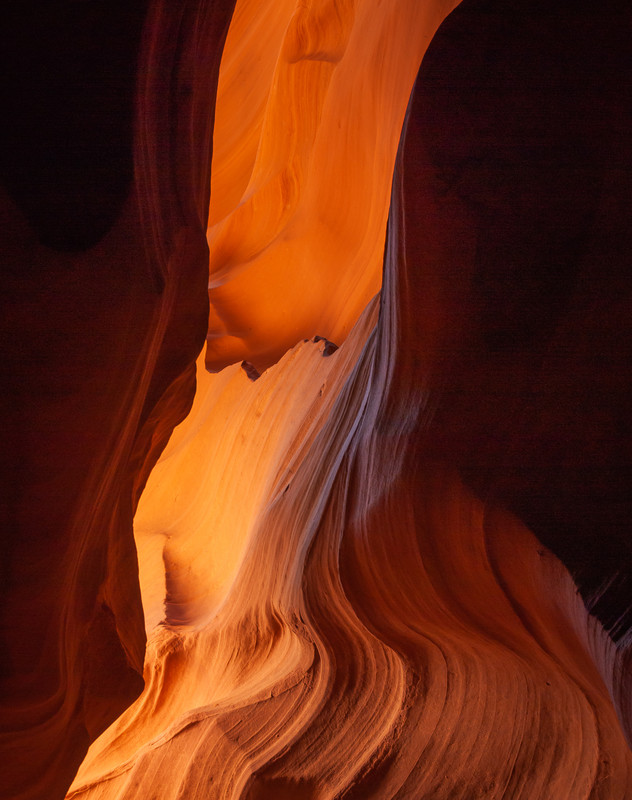The Navajo people refer to the places we call Antelope Canyons

Colleen Smith & Wayne Bingham
Colleen Smith and Wayne Bingham have been making images for most of their 37 years of marriage. Colleen introduced Wayne to landscape photography after his many years taking photographs as an architect. “What is so hard making pictures of nature, all you have to do is point the camera and press the button?” Well, the ensuing years have provided many learning experiences, and continues to challenge skill and intent. The usual question after a day of photography is “Why didn’t I see that?” Both ways.
The Navajo Nation is a Native American territory covering about 17,544,500 acres, occupying portions of northeastern Arizona, northwestern New Mexico and a smaller portion covering southeastern Utah, in the United States. This is the largest land area retained by a Native American tribe in the United States and is managed by the Navajo people through agreements with the United States Congress.
Colleen and I heard of these two slot canyons at the turn of the century and made tour arrangements in 2007 making our images in two trips on March 18th and September 24th.
We travelled from our Salt Lake City, Utah, home to Page, Arizona, where we stayed prior to reporting to the parking lot on the northern edge of the Navajo Nation where tours began. The ride in open topped tour buses through the sand desert was bouncy and dusty. The approach to the canyons was modestly unassuming, with sandstone bluffs rising from the desert floor.
We were carrying Nikon D200 cameras with 18-200mm lenses and were allowed to bring tripods into the light filled canyons. Images were later developed using Adobe Lightroom software. The mystical, narrow, and sensuous carved walls of red sandstone were from 30 to 50 feet high. The sand path we walked on is raised and lowered by the movement of flash flood waters that rush through heavy rainfall and have created the canyons. Awestruck and blown away are understatements for the spiritual experiences of leaving the brightness of the desert and entering the vertical walls with soft reflected light.
Make images horizontal or vertical? Yes, with the most successful being vertical, catching the cascading light from the opening slot above to the sand floor. If we inadvertently admitted the sky into the frame, it was such a contrast to the reflected light of sandstone that the sky exceeded the dynamic range of our cameras and became pure white. So, we excluded the sky from our images finding more than enough interest in the sinuous walls and the floor. Capturing the sand floor had its own challenges. There were few enough other individuals there so that we were able to miss most tripod legs and people standing where the images waited for us. So, we composed and waited. We used small apertures that allowed the cameras to adjust for capture time. During the short time, we were allowed inside the canyons the major challenge was moving through the circuitous ways, finding another compelling composition, and moving to another position.
The stone bluffs rising above desert sand have allowed trickles of water guided by gravity to flow circuitously across the stone surfaces and down cracks for eons. As each storm passes over, the trickles become raging rivers, and the particles of sand erode the sandstone bluffs making beautiful curves and ripples of different colours as they wore the layers of stone. In addition, the freeze/thaw cycle of winter helps chip away at the monoliths.
Water movement has carved canyons, not straight down, but following the softest sandstone curves rendering layers of hard and soft, orange, red, and permanently leaving deep dark desert varnish. The formation will remain as it is until the next storm changes the configuration.
Light is a stream of photons, packets of energy, travelling at the speed of 670,616,629 miles per hour. Colours and shapes are highlighted by the photon streams touching the different layers of sandstone. In their turn some absorb, others reflect, darker tones absorb more of the light, and lighter colours reflect and reflect again. Refraction, reflection, absorption, dispersion, scattering light enlivening and differentiating the surfaces.
Sometimes there is enough slot opening for the photon streams to scream all the way to the floor of sand, sometimes visible as a bright column as it passes through scattered dust. Every step one takes along the circuitous narrow canyons, the visible forms and their light quality change and you catch your breath in awe. Time of day is an important consideration, with high, mid-day light providing the deepest penetration into the canyons. Early or late afternoon light diminishes the effects. We were there in March and September mid-day and found the light to be excellent.
The Antelope Canyons have become renowned for their spectacular beauty and in order to manage the interested crowds, tours are now more limited and restrictions about what you are allowed to bring into the canyons are in force. Alas, tripods and selfie sticks are no longer allowed. We understand some tour guides allow only handheld phone cameras.
We used a google search for tours now available and found “Navajotours.com” to be the one we would choose if we were to return there. Other tours are also available. All of the tour guides are members of the Navajo Nation who are fully authorized to give tours of the Canyon and are able to provide visitors with in-depth information related to the Canyon and Navajo culture as well as weather and flashflood and danger warnings. Rain, miles away can gather volume and speed as they enter the canyons and pose danger to those there. Deaths have occurred in the canyons due to not heeding the warnings.
- Wayne Bingham
- Wayne Bingham
- Wayne Bingham
- Wayne Bingham
- Wayne Bingham
- Wayne Bingham
- Wayne Bingham
- Wayne Bingham
- Wayne Bingham
- Wayne Bingham
- Wayne Bingham
- Wayne Bingham
- Wayne Bingham
- Colleen Smith
- Colleen Smith
- Colleen Smith
- Colleen Smith

